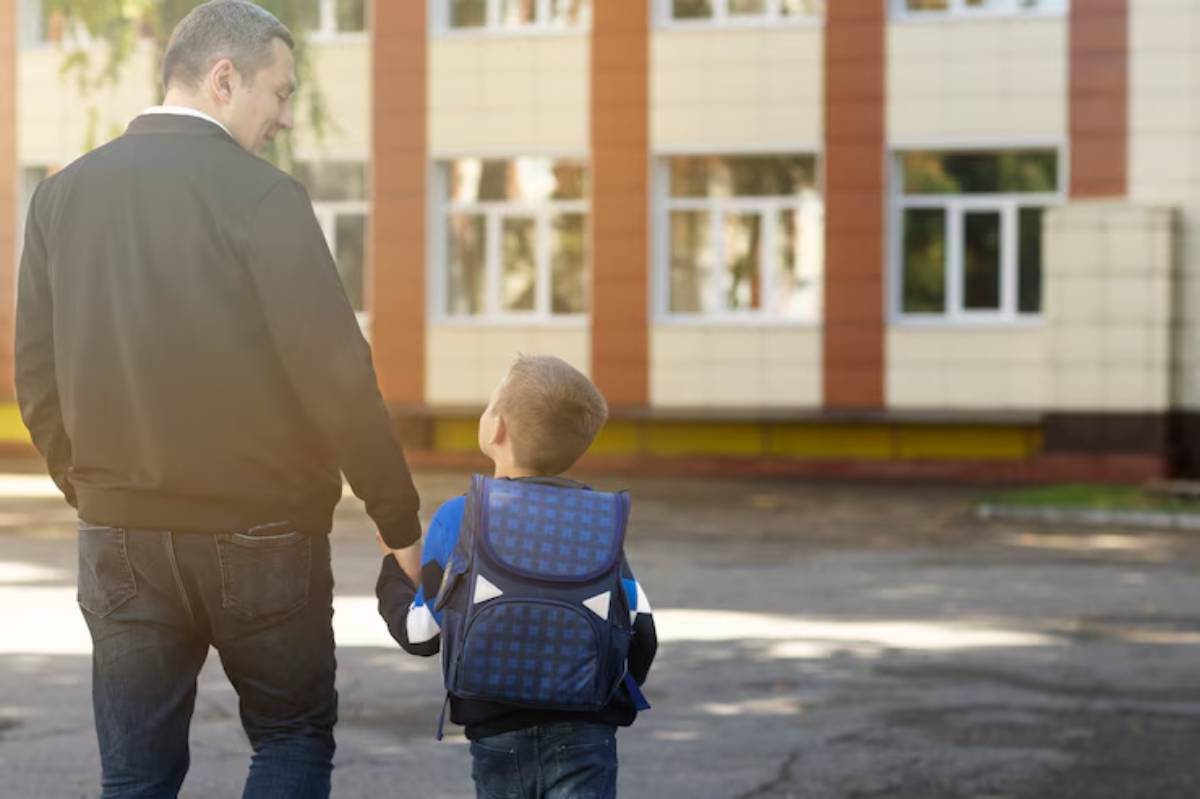The Education Blog

What to Expect When Leaving Public School for Homeschool
Making the move from public school to homeschooling is a bold decision. It’s often driven by love — a desire to give your child more freedom, support, or safety. But it can also bring doubt. Are you ready? Will your child adjust? Will your home turn into a battleground?
Here’s the truth transitioning to homeschool is rarely seamless, but it’s absolutely doable — and often transformative. Understanding the emotional and practical shifts helps you avoid common pitfalls and set the tone for a successful start.
In this guide, you’ll learn what the first weeks really look like, how to prepare for the challenges, and what long-term benefits to expect from the homeschool transition. Whether you’re doing this by choice or necessity, this post will help you navigate the home education switch with clarity and confidence.
The Emotional Rollercoaster Is Normal
Leaving school is not just an academic change — it’s an emotional one. Your child is saying goodbye to routines, peers, and expectations they’ve known for years.
Expect Emotions Like:
- Relief or excitement
- Sadness or confusion
- Resistance to new routines
- Doubts about “doing it right” (from both of you)
Give space for these emotions to unfold. They’re not a sign that homeschooling is the wrong choice — just that it’s a big change.
Deschooling: Why It Matters
You may be tempted to start strong with structured lessons right away. But rushing into a strict curriculum can backfire. Your child needs time to deschool — to unlearn rigid structures and rediscover their natural curiosity.
During Deschooling:
- Let learning happen through play, conversation, and exploration
- Observe what interests your child naturally
- Focus on rebuilding connection and trust
A good rule of thumb? One month of deschooling for every year spent in traditional school. This time sets the foundation for meaningful home education to follow.
Shifting the Rhythm of the Day
Homeschooling doesn’t have to mimic a school schedule. In fact, it shouldn’t.
What Changes:
- Flexible mornings without the school rush
- Personalised pacing based on your child’s energy and mood
- Integrated learning through cooking, gardening, reading, and conversation
Your daily rhythm may include formal lessons, but also nature walks, documentaries, or time to daydream. Embrace it — this freedom is a feature, not a flaw.
For inspiration on shaping your days, explore creating a self-guided homeschool routine that empowers independence.
Rethinking “Success” in Learning
In school, progress is often measured by test scores and report cards. At home, success looks different.
Watch for:
- Deep dives into topics your child loves
- Improved confidence when learning isn’t rushed
- Critical thinking and questions, not just answers
It may take time to see “results” — but trust that learning is happening, often in more holistic and lasting ways than before.
Socialisation Doesn’t Disappear
One of the biggest fears about leaving school is socialisation. But homeschooling doesn’t mean isolation.
Build Social Connections Through:

- sports clubs
- Local homeschool co-ops or group classes
- Library meetups, volunteering, and field trips
You may need to be more proactive, but your child can build deeper, more diverse relationships outside the school environment.
To explore more on this, check out joining homeschool co-ops and support groups that offer social, academic, and emotional support.
Your Role Is Different — and That’s Okay
You’re not becoming a school teacher. You’re becoming a facilitator of learning — someone who guides, observes, encourages, and adapts.
As a Homeschool Parent, You’ll:
- Learn alongside your child
- Say “I don’t know — let’s find out”
- Shift between structure and spontaneity
This role can feel messy and uncomfortable at first. But it’s also rewarding, especially when you watch your child thrive in ways they couldn’t in a traditional classroom.
Expect Trial and Error
No homeschool journey is Pinterest-perfect. You’ll try things that don’t work. You’ll second-guess yourself. That’s all part of the process.
Be Prepared To:
- Change your curriculum
- Adjust your schedule
- Learn your child’s rhythms over time
Flexibility is your superpower. Mistakes don’t derail the journey — they shape it.
Long-Term Benefits You May Not Expect
Beyond the immediate relief of school-related stress, the benefits of homeschooling deepen over time.
Look Forward To:

- A stronger father bond
- More time for hobbies, rest, and creativity
- Education tailored to your child’s unique needs
- Confidence — in your child, and in yourself
Many families find that the initial chaos of the transition gives way to a lifestyle that’s calmer, more connected, and far more fulfilling.
You’ve Already Started the Hardest Part
Leaving public school isn’t just a change of address — it’s a change of mindset. It takes courage to go against the grain. And you’ve already made the first (and hardest) step.
There will be wobbles, doubts, and days where nothing goes to plan. But there will also be breakthroughs, belly laughs, and learning that comes alive in ways school never could.
So breathe. Take your time. Trust the process. You’re not alone — and you’re more capable than you know.









